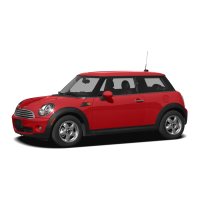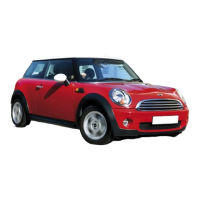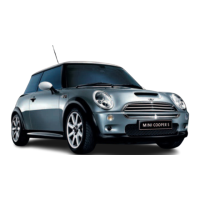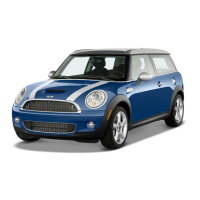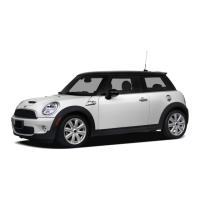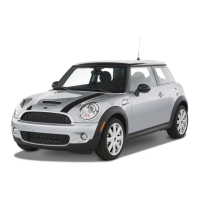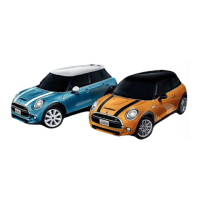contact with skin, eyes or articles of cloth-
ing. Use suitable additives only.
Coolant level
General information
The coolant reservoir may be overfilled with
coolant when the vehicle is delivered from
the factory or following maintenance and
repair work. The specified coolant level is
achieved with longer operating periods.
The nominal coolant level is indicated by
the maximum mark in the filler neck of the
coolant reservoir.
Additional information:
For an overview, refer to page 315.
Checking the coolant level
1. Allow the engine to cool down.
2. Turn off the climate control system.
3. Opening the hood.
4. Turn the coolant reservoir cap slightly
counterclockwise until the excess pres-
sure dissipates.
5. Open the coolant reservoir cap.
6. The coolant level is correct when it is
just below the max. level mark on the
filler neck.
Additional information:
Climate control, refer to page 244.
Opening the hood, refer to page 316.
Adding coolant
To refill the coolant, proceed as follows:
1. Allow the engine to cool down.
2. Turn off the climate control system.
3. Opening the hood.
4. Turn the coolant reservoir cap slightly
counterclockwise until the excess pres-
sure dissipates.
5. Open the coolant reservoir cap.
6. If the coolant is low, slowly add coolant
up to the specified fill level; do not over-
fill.
7. Close the cap.
Additional information:
Climate control, refer to page 244.
Opening the hood, refer to page 316.
Disposal
Comply with the relevant environ-
mental protection regulations when
disposing of coolant and coolant ad-
ditives.
Washer fluid
Principle
Washer fluid is used to clean the wind-
shields and sensors. All spray nozzles are
supplied from one tank.
Use a mixture of tap water and windshield
washer concentrate. If desired, a windshield
washer concentrate containing antifreeze
can be used.
Recommended minimum fill quantity:
0.4 US gal/2 liters.
Seite 323
Operating fluids MOBILITY
323
Online Edition for Part no. 01405B37A59 - II/24
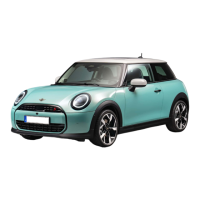
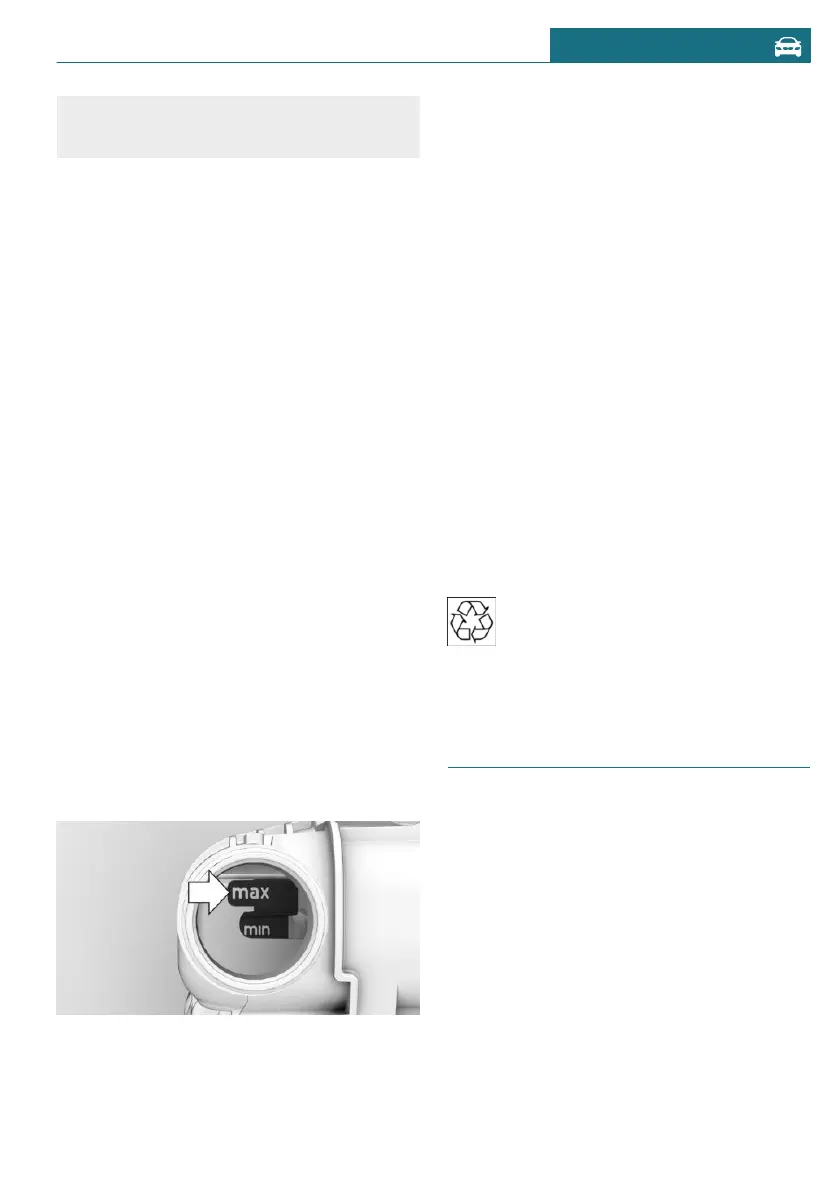